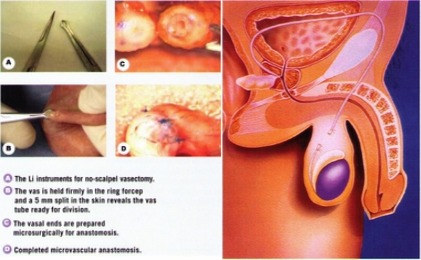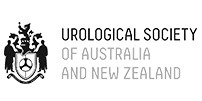After undergoing a male vasectomy, it is possible that some men may opt to have a vasectomy reversal. The reasons for this can range from unexpected post-operative pain in the testes, to change of mind and the desire to start a family.
If you’re considering a vasectomy reversal, the chances are you have some questions. Maybe you’re asking yourself: Does a vasectomy reversal really work? How long will it take before I regain my fertility? Is it painful? In this article we will cover these questions and more.
What is the vasectomy reversal procedure like?
A vasectomy reversal procedure is typically an outpatient surgery with spinal or general anesthesia. The surgeon will reconnect the two ends of the vas deferens – the tubes that transport the sperm – back together with microsurgery. In the case that the surgeon notices any abnormal blockages, he may opt to perform a vasoepididymostomy. This is where the vas deferens are attached to the epididymis – the storage area where the sperm matures – which bypasses the blockage. Situations such as this demonstrate why choosing an experienced urologist is highly important, as this unexpected procedure requires complicated microsurgical technique.
Success Rates and Results
While vasectomies should ideally be viewed as a permanent method of birth control, reversal is possible and can result in pregnancy in 50%-70% of cases. Success is largely determined by the experience of the surgeon – as it is a more delicate microsurgical procedure than the initial vasectomy – the time passed since the vasectomy, and the condition of the man’s sperm. Success for this procedure can be hindered if a blockage is found during the surgery and your urologist is required to perform a vasoepididymostomy. There are two main factors to consider when measuring success of a vasectomy reversal: patency and pregnancy.
Patency: When will sperm return?
Patency is the presence of sperm in the ejaculate: the presence of mobile or swimming sperm is especially important for pregnancy to occur. Because sperm is continuously being produced by a man’s body, vasectomy reversals have shown success even 10-25 years, although most likely within the first 10 years of a vasectomy. In many cases, patency can occur at a 70%-90% rate after a vasectomy reversal.
Pregnancy success rates
Success of pregnancy after a vasectomy reversal depends on the fertility of both partners. If a man has previously had a child, this is a good indication of fertility and potential success for pregnancy after the reversal, however, it is also important for the man’s partner to see a female fertility specialist.
Predictors of a successful vasectomy reversal:
Choice of surgeon – why experience matters:
When considering a vasectomy reversal, the experience of the surgeon plays a major role in the success of the surgery. Dr Katelaris is a respected member of the Australian and NZ Urological Association and former director of the Prostate Cancer Foundation. He is a highly sought after thought leader in areas of urology and has over 25 years of experience in urological practice and surgery. Katelaris Urology can increase your chances of experiencing a successful vasectomy reversal and regaining your fertility.







